
Voigt Mains Energised drive unit
The Voigt Mains Energised drive unit was first available with a single-cone diaphragm from Edison Bell in 1931. This unit had a high electro-acoustic efficiency of between 25-35%.
Weight: 31 lbs
Flux density: 16,000 - 17,500 gauss under working conditions
Magnet gap: 2mm
Field consumption: 40 watts (approximately)
Field energising voltage: 8 voltage ranges
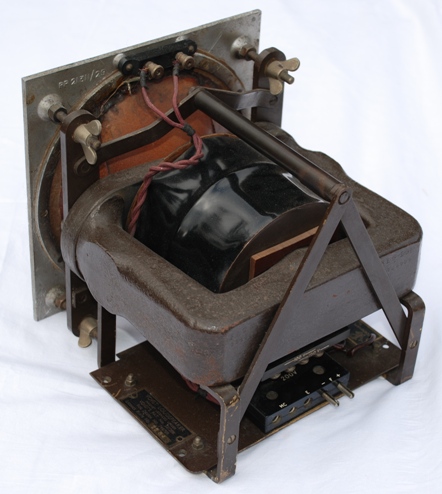
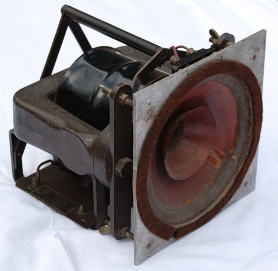 |
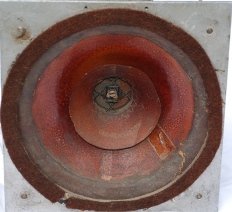 |
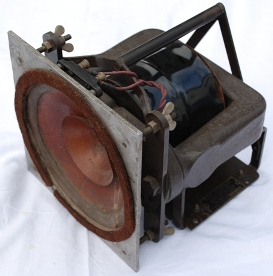 |
Voigt Permanent Magnet drive unit
The Voigt permanent magnet drive unit made its debut in 1949. This was the culmination of a patent application entitled "Improvements in magnets" which was lodged in March 1947 and granted in June 1949.
This driver utilised a massive centre block of Ticonal, which gave a flux density of 18,000 gauss in a 1.5 mm gap. This drive unit could be supplied with either the standard twin diaphragm in a 2 mm gap at £36, or the light coil twin diaphragm in a 1.5 mm gap for £40.
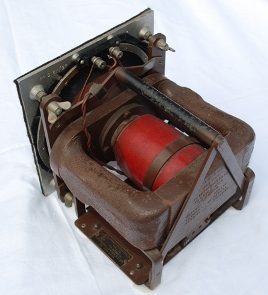 |
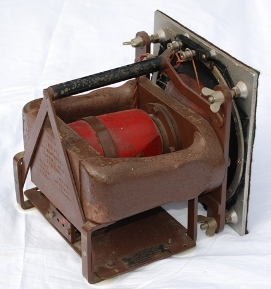 |
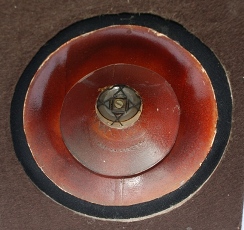 |
Later units were fitted with a 1mm air gap and had a 22,000 gauss density. In 1951 an improvement on the light coil twin diaphragm was made, which resulted in the "re-matched diaphragm". This had a different speech coil with a two-layer winding, which made it Smaller and lighter.
